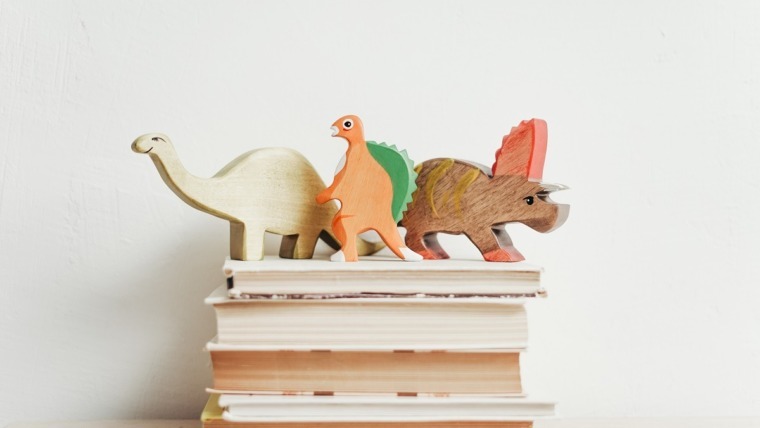
Tips For A Purrfect Transition
Written by Lisa Agius, Shelter Manager, The Cat Protection Society of Victoria
Welcoming a four-legged family member into our homes is an exciting time. However, what we have to remember is that initially, our new little moggie may not share the same sentiment.
It’s important that we remember that cats aren’t creatures that adapt to change easily, and that the period after adoption can potentially be a stressful time for your new cat. As a rule, cats don’t tend to adjust readily to change and new environments, their new homes can have unfamiliar sights, sounds and smells that can be frightening to them.
Your job is to help your new companion feel safe and secure while he or she adjusts to their new world and there are ways that you can minimise the stress by preparing a special space just for them.
Here are some top tips to ensure a smooth transition for your furry friend:
1. Pick A Small, Quiet Room For Your Cat To Stay In For The Few Days
A bathroom or laundry is the perfect room to choose as your cat’s safe space. Remember that your new cat has been living in a confined space while he or she has been at our Shelter. Opening up an entire home can be overwhelming to them. Some cats will adjust faster than others so you will need to become aware of their temperament and how quickly they seem to settle into their new environment.
Don’t be alarmed if the cat is less affectionate, eats and drinks less, hides or even acts somewhat hesitant and apprehensive when you first bring them home – they are simply stressed. Give them time to get used to you and your home.
Try offering some food to stimulate their appetite. However, if your cat is not eating, drinking or defecating within the first 48 hours it is best to contact your vet.
It’s also important to slowly build trust with your new companion. Let your cat determine when they would like contact, and don’t force attention. Put your hand out in front of your cat and see if they will approach you and rub their head against your fist. Your cat needs to learn to trust you and this may take some time.
2. Set Your Cats Room Up With A Litter Box, Food And Water, Bedding And Toys.
By setting up your cat in this single room, they will know where to find their litter box, food and water. It will also decrease the chances of any litter box related accidents.
Getting to know your kitty is really important to enable a bond to be created so interaction should take place during the times when it feels naturally active and appears responsive.
Visit the cat regularly throughout this adjustment period. If there are children in the home, be sure to monitor their interaction with the cat and remind them to keep calm and quiet around the cat. If your cat is confident enough playtime and cuddles are a must while settling in, if a more nervous cat then encouraging quiet cuddles will help them settle in.

3. Provide Your Cat With Plenty Of Hiding Places.
All cats enjoy hiding places. This can be under furniture, a cardboard box or a special cat bed (an igloo bed is perfect for shy cats).
Don’t be alarmed if your new cat hides for most of the day when you first bring them home, just make sure that they are eating, drinking and going to the toilet regularly and give them time to adjust to their new home. Be sure to let children know to leave the cat alone whenever the cat chooses to hide or have sleep time.
4. Slowly Begin Opening Up Your Home To The New Cat Once They Adjust To Their Room.
Do not force the cat to explore the rest of your home. It is important to let the cat become comfortable at its own pace. Keep the litter box, food and water in the original room so that the cat knows where to find those items. Be sure to keep another litter box available in the home just in case your cat needs it while exploring. This is another way to reduce the chances of any litter box-related accidents.
5. For Those With An Existing Cat Here Are Ways You Can Initiate The Introduction.
Many cat-loving households have more than one cat in their family. Cats can be companions, playmates and help enrich each other’s lives, however, introducing a new cat to an existing cat can take time and patience.
Throwing two cats into one environment without proper consideration of their positions is just asking for trouble. But, with a carefully planned introduction, cats can ease into accepting one another and may just become lifelong friends.
It is important that your process of integration of your new family member should be slow and gradual. At first, start the newcomer in a room that is not one of the core areas for the existing cat. Set up this separate room with a litter tray, food, water bowl, comfy bed and scratching post. This way, your new cat can relax into his/ her surroundings before facing the challenge of meeting your other cat.
As cats rely heavily on scent for communication and identification you should begin the process of introduction by swapping scent between the cats. You can exchange food bowls, toys or bedding and when the cats can tolerate the scents of each other you can gradually progress so that they can see each other. Throughout this process, the presence of the other cat should be associated with something positive such as a food treat, play or attention.
Remember you will need patience as the process could take anything from a few weeks to a few months. But your patience will be rewarded.
It may take time and a bit of patience but your efforts have a good chance of being rewarded in the long run when your cats become content companions in your home for life.
Tips For A Purrfect Transition Tips For A Purrfect Transition Tips For A Purrfect Transition Tips For A Purrfect Transition



